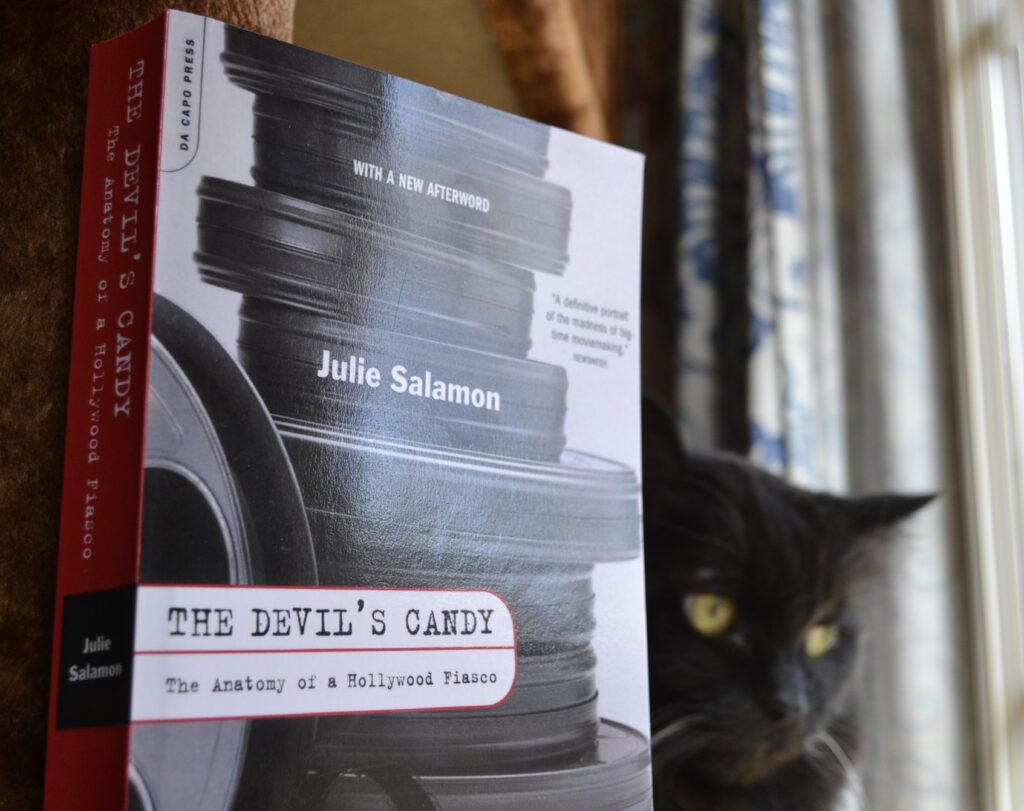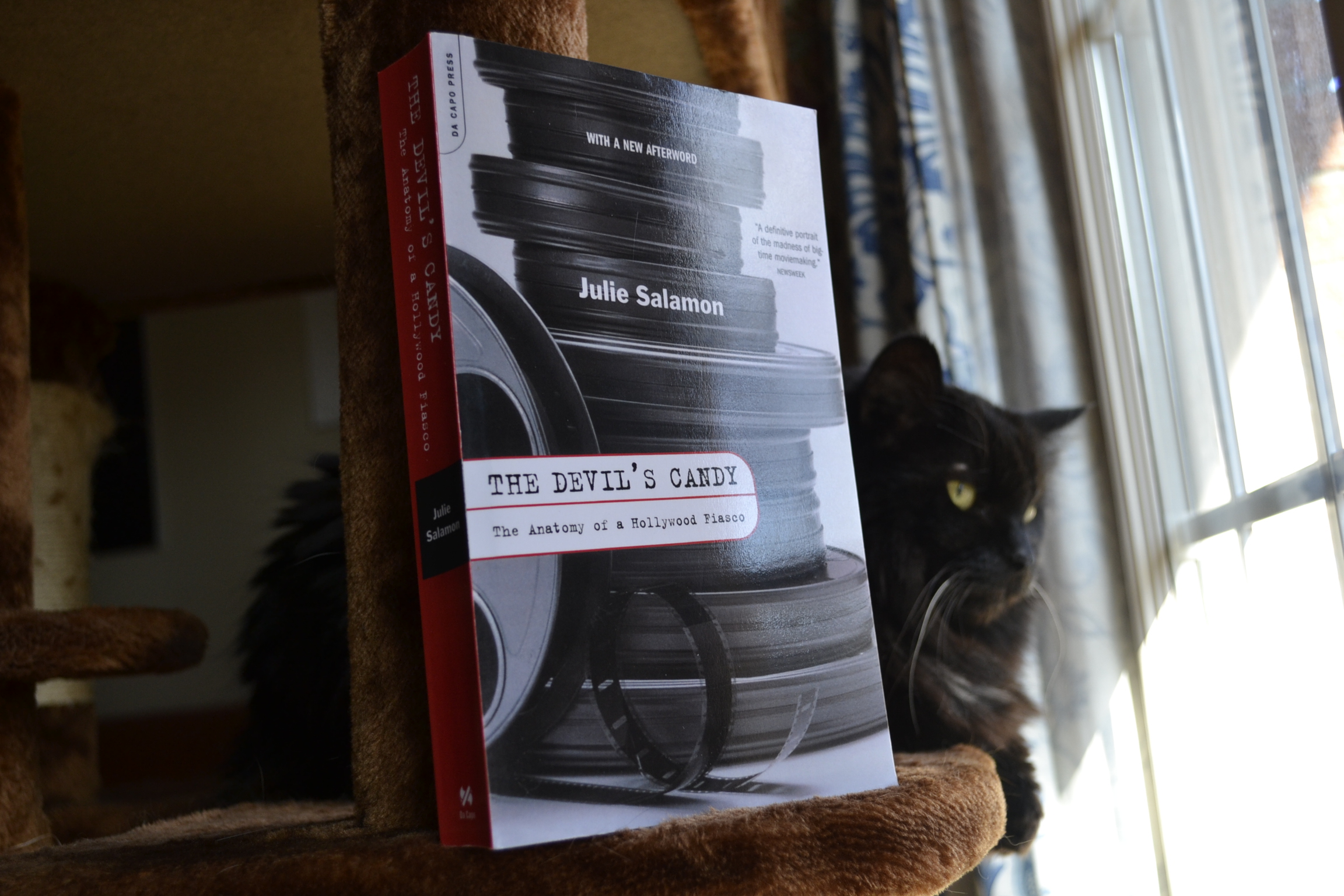Why Do They Have to Overlap?
Recently, I saw a tweet that has been particularly relevant for the last five months of my life. The gist of it was that while you are often told that adulthood is dealing with crisis after crisis, what no one tells you is that they tend to constantly overlap. Oh yeah, do they ever overlap.
We’re already in the middle of dealing with one basement flood from a broken pipe and then we were hit with a deluge of rain that made it clear that we also have a groundwater problem. So now I’m back to where I was five years ago and where I never wanted to be again: dealing with waterproofing. Honestly, I’m beginning to wonder if having a finished basement is the equivalent of shaking my fists at the gods.
And, in the middle of all this, we are struggling to get Wesker to eat. Because we’re stressed and she’s stressed and that means that she doesn’t eat and I am scared nearly out of my mind about that. More than any kind of basement disaster, I am worried about her and I’m hoping that I can somehow calm down, if only for her sake.
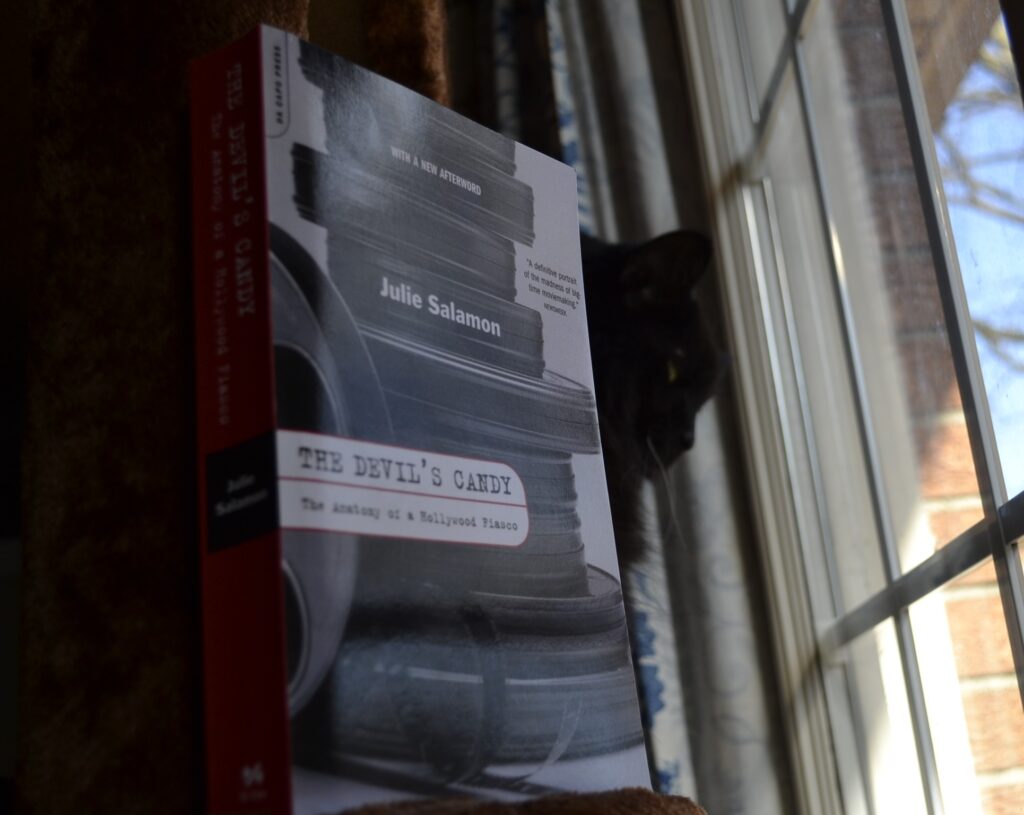
Books on Film
As promised last week, I’ve decided to spend a few weeks reviewing the various books on film that I have read recently. To start, I thought I would go back to one of the books that is often lauded as being essential reading, Julie Salamon’s The Devil’s Candy: The Anatomy of a Hollywood Fiasco.
The book is an in-depth analysis of one of Hollywood’s biggest flop, Brian De Palma’s The Bonfire of the Vanities. If you’ve had the dubious pleasure of having watched it, you will know just how ridiculous and bad of a watch it is. And you will have an idea of how lavish and expensive of a production it was. I was eager to read this book precisely for that reason and to see what kind of decision-making lead to producing a film so utterly bad.
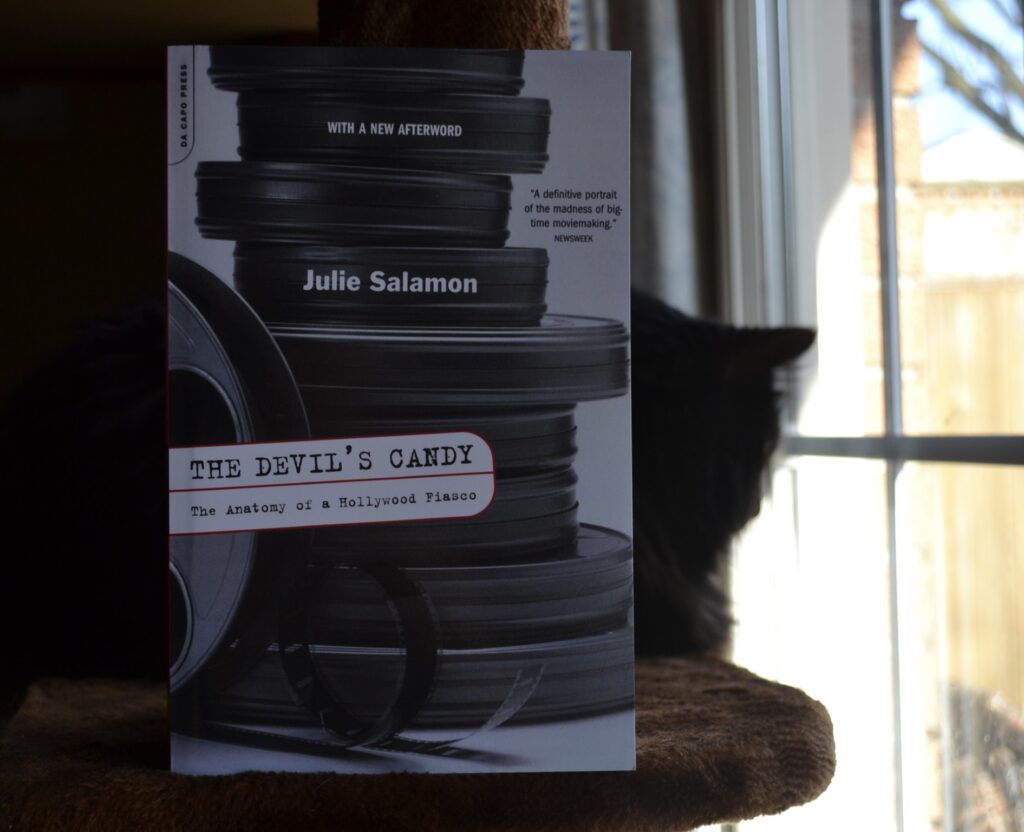
What I Learned
Salamon is exhaustive in her recounting of the movie-making process, from casting all the way to the final agonizing returns. I learned a lot about what it takes to produce a film, and the processes of people far removed from the actors and the cameras. Editing, sound, composing, all of these artists and technicians are given their time to shine. There’s also an extensive look into the studio politics and its role, for better or worse, in controlling just what a director ends up creating. I loved that this book was not all about De Palma’s creativity. It was also about the creative efforts of a large array of professionals during every step of the process to arrive at what was the finished piece.
Even if that finished piece ended up being garbage, Salamon is clear that it was not due to laziness or lack of ability. A lot of talented people worked very hard on The Bonfire of the Vanities, which makes it such a shame that it did so poorly. Though some aspects of the film were also utterly repugnant, make no mistake.

The Obvious Failings
I really wanted to like this book. Badly. But did I like it? Not really. Not enough to justify the kind of reputation it has. I found it generally a bit bloated at over 400 pages. There was far too many clunky words and phrases and sometimes far too much information that wasn’t presented in a way that the reader could easily process. Also? No book needs three pieces of aftermath at the back. Nothing could have convinced me to read a single one of them.
But the main problem I had with Salamon’s book is how utterly, unreasonably flattering it is of De Palma and his work. Salamon spends a lot of time trying to convince the reader that his reputation as a misogynist is not earned (while it is) and that nothing he did made this film bad (also not true; you can’t blame the studio execs for everything). More disturbingly she makes these points at the expense of female creatives — who are always mentioned in terms of age, physical appearance, martial status, and whether or not they are a mother. It’s particularly disgusting when she recounts the discussions around casting. Even by 1991 standards, it would be offensive. As a modern reader, it’s hard not to throw the book across the room in disgust.
In essence, Salamon wants you to take away the message that The Bonfire of the Vanities was somehow a film out of time and that it could have succeeded had the moment been right. I beg to differ. The film is in essence a racist, misogynist salute to the pitfalls of being a wealthy male WASP. There is no moment in which this film could have thrived post-1975.
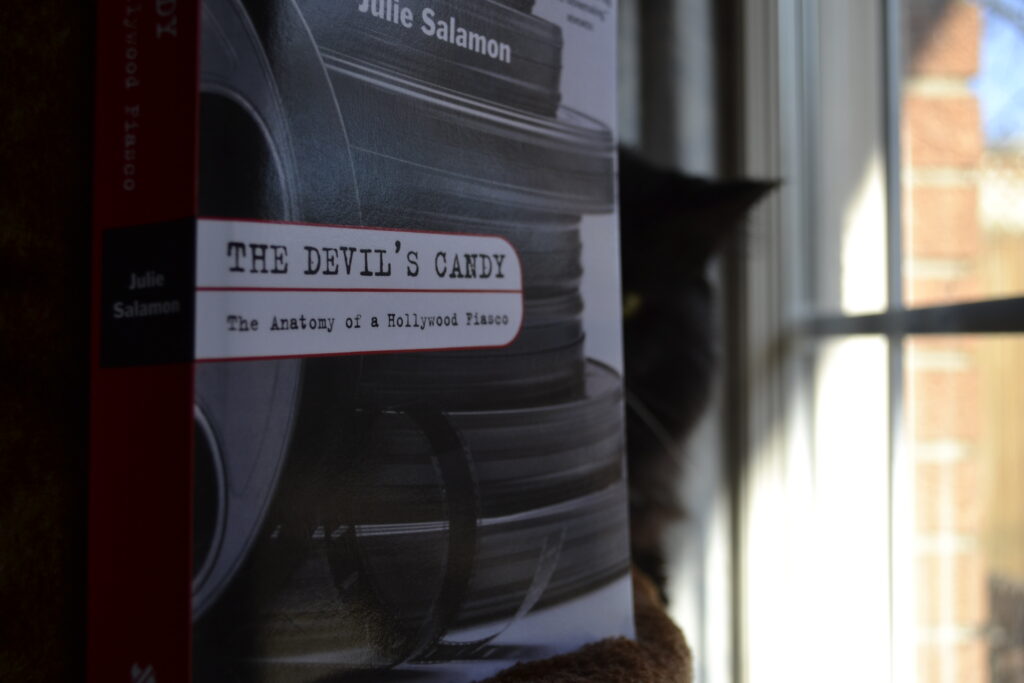
Please Let Things Get Better Soon
Unsurprisingly, my mood is not good and the relentless stress and disasters are really taking a toll on my mental health. Whenever I try to calm down about one thing, there’s a new, awful thing happening and it feels so absolutely hopeless. I’ve stopped being able to see where it will end. When that will happen. It feels like there is no light at the end of this tunnel, which may as well be going directly to the centre of the earth.
I know that’s not true, and I have to keep reminding myself of that. Somehow.
